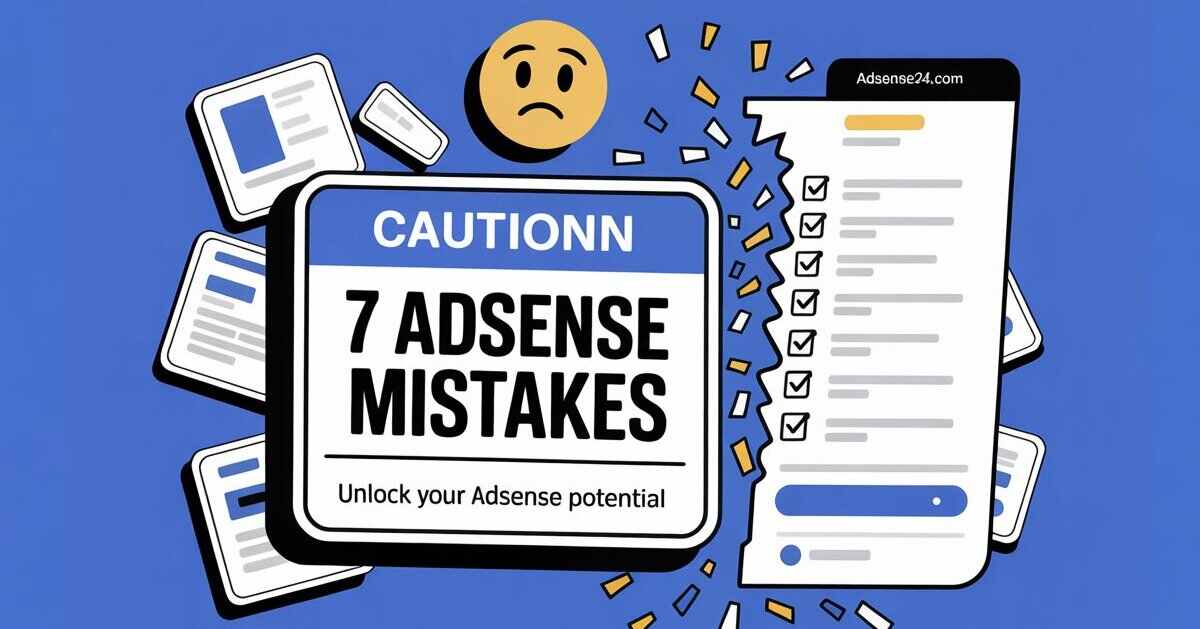7 AdSense Mistakes I Made as a Beginner (And How to Avoid Them)

Introduction
Starting a blog and applying for Google AdSense can be exciting – but it’s easy to make mistakes that delay or even block your approval. When I first started, I was so focused on launching my website and publishing content that I completely overlooked critical details. In this article, I’ll share 7 beginner mistakes I made with AdSense and how you can avoid them to get approved faster.
1. Ignoring Google AdSense Policies
One of my biggest mistakes was not taking the time to read AdSense’s policies and terms. I thought just creating content and having a functioning website was enough. It wasn’t. Google has clear rules about content quality, layout, and even user experience – and ignoring them can get your application rejected.
2. Creating Content That Lacked Originality
My early websites lacked original content. One of them simply hosted other people’s websites, and another focused entirely on embedding videos. I didn’t realize that Google wants text-based, original content that offers value to users. Without that, your site won’t be eligible for monetization.
3. Building a Video-Only Website
AdSense is not YouTube – it’s primarily built to monetize content-rich websites. A mistake I made was building an entire site around videos, assuming it would qualify. But Google prefers written content that’s well-organized, SEO-optimized, and informative.
4. Neglecting SEO Optimization
In the beginning, I completely ignored search engine optimization. I wasn’t using keywords, structuring content properly, or optimizing for mobile devices. This made it difficult for search engines to rank my content and for users to find it – both of which matter for AdSense approval.
5. Poor Promotion Strategy
I also didn’t know how to promote my site properly. I would just drop a link without explaining what the website was about. That approach doesn’t drive traffic or build trust. A good promotion strategy involves context, value, and consistency.
6. No Penalties – But No Approval Either
I never got penalized or received any warnings from Google. But my early websites were still rejected. That in itself was a clear signal that I was doing something wrong. It taught me that Google doesn’t need to issue a penalty – a rejection is its own message.
7. Learning and Adapting
Eventually, I started reading AdSense policies, learning SEO techniques, and watching videos from experts in blogging and website design. This helped me understand what Google looks for – and more importantly, how to build a site that deserves approval.
Conclusion
If you’re serious about earning with Google AdSense, avoid these beginner mistakes. Focus on original content, optimize your website for SEO, promote it with intention, and most importantly – read the rules. I learned the hard way so you don’t have to.







